Top Things to Know Before Buying an Indoor Vegetable Garden System
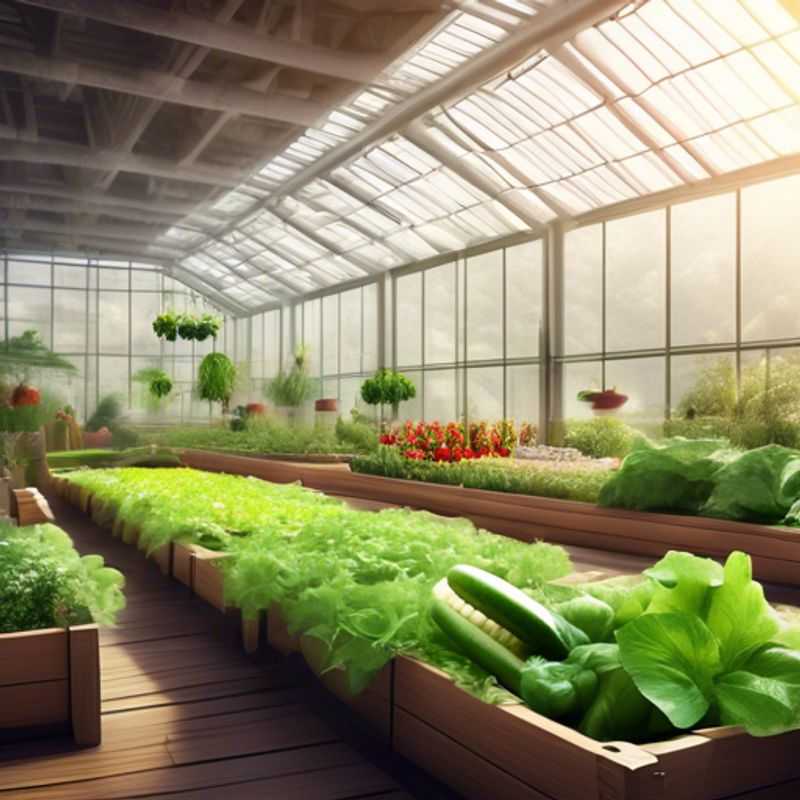
Top Things to Know Before Buying an Indoor Vegetable Garden System
Growing your own vegetables indoors can be a rewarding experience, providing fresh produce all year round. However, choosing the right indoor vegetable garden system is crucial for success. Before you make a purchase, consider these key factors:
Determine the size of your available space.
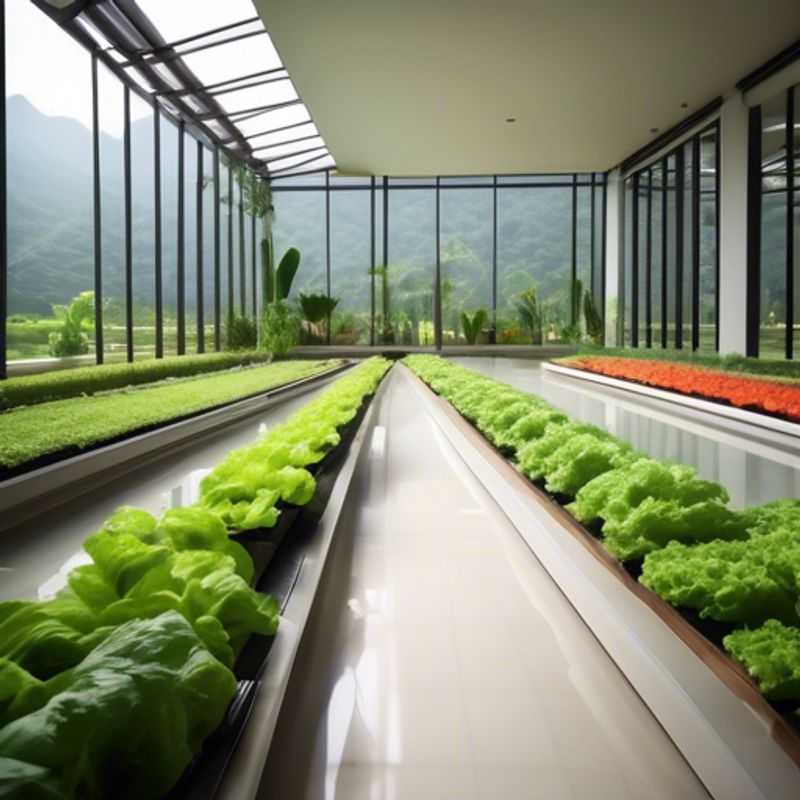
Measure Twice, Buy Once: Sizing Your System to Your Space
When determining the size of your available space and choosing a system that fits, the key is to accurately measure your space. This includes considering the height, width, and depth of the area where you want to install your system. Don't forget to factor in the space needed for access and maintenance. Additionally, take into account the weight of the system and ensure your floor can support it. Measure twice, cut once, as they say, to avoid costly mistakes!
Next, research system dimensions. Look at the manufacturer's specifications to determine the system's footprint and overall height. Pay attention to any additional space requirements for ventilation or clearance, as these can impact your selection. Don't forget to factor in installation costs, which may vary depending on the complexity of the system and the accessibility of your location.
Finally, consider the long-term implications. Think about future growth and the need for potential upgrades. A little extra space now can save you headaches later. Remember, the ideal system is one that meets your current needs while providing room for expansion in the future.
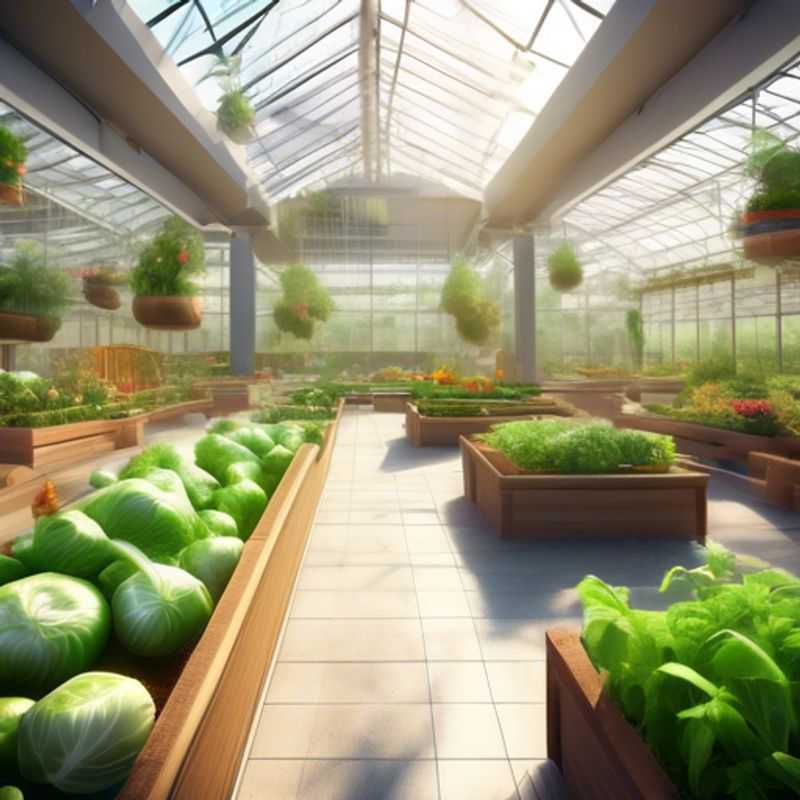
Grow Light Power: Matching Your Vegetables' Needs for Success
When researching the lighting requirements for the vegetables you want to grow, start by identifying the specific needs of each type of vegetable. Most vegetables require a minimum of 6-8 hours of sunlight per day for optimal growth. Leafy greens like spinach and lettuce can thrive with less light, while fruiting vegetables such as tomatoes and peppers typically need more. Consider the light intensity as well; some vegetables prefer full sun, while others may do well in partial shade.
It’s essential to assess your growing environment, whether it’s indoors or outdoors. For indoor gardening, you may need to invest in grow lights. LED grow lights are energy-efficient and can be adjusted for different light spectrums to benefit plant growth. When calculating costs, include the price of these lights, as well as potential electricity costs based on usage.
Additionally, consider the placement of your plants to maximize natural light exposure. South-facing windows typically provide the best light conditions. If growing outdoors, ensure your garden is situated in a location that avoids excessive shade from trees or buildings.
In summary, understanding the lighting requirements for your chosen vegetables is crucial for successful gardening. Focus on the specific needs of each plant, assess your environment, and plan for any necessary investments in lighting solutions.
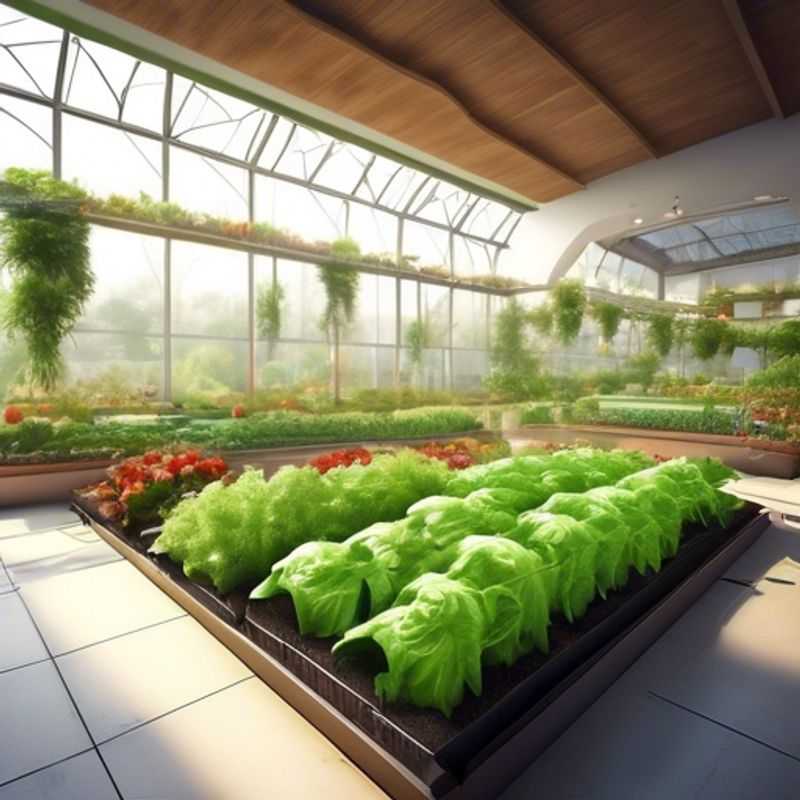
Watering and Drainage: Essential Considerations for Indoor Garden Systems
Indoor garden systems require thoughtful planning regarding water and drainage. Understanding these aspects is crucial for the success of your indoor garden.
Water needs are a critical element. Assess your plants' specific needs, considering factors like species, growth stage, and environmental conditions. Overwatering can lead to root rot, while underwatering can stunt growth. The right balance is crucial.
Drainage is equally important. Ensure your system has proper drainage to prevent water from stagnating, which can create an environment for pests and diseases. Consider using drainage holes or trays to collect excess water.
Automatic watering systems can be beneficial, but they require careful setup and maintenance to ensure optimal watering. Manual watering can be more labor-intensive but allows for greater control and flexibility.
Material cost: Depending on the chosen system, the initial cost may vary. Water pumps, drainage trays, and automated watering components all contribute to the overall expense.
Operational cost: Regular water usage will be a recurring expense. Automatic systems may require additional electricity consumption. Maintenance and repair may also add to the overall cost.
Sustainability is essential for long-term success. Consider using eco-friendly materials for your system and employing sustainable practices such as water conservation and reducing waste.
Careful planning and understanding of water and drainage needs are essential for creating a thriving indoor garden system. Investing time and effort upfront can save headaches and ensure a successful and sustainable experience.
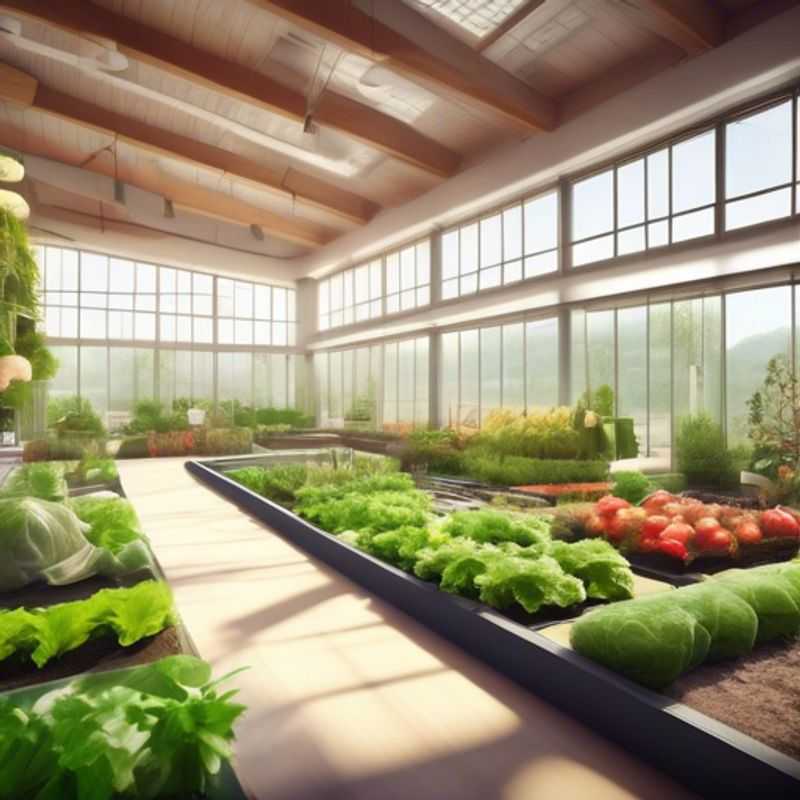
Grow Lights for Indoor Plants: Choosing Adjustable Systems for Optimal Growth
Adjustable grow lights are essential for indoor gardening, as they allow you to mimic the natural sun's light cycle and provide optimal conditions for plant growth. When selecting a grow light system with adjustable features, you need to consider factors like light intensity, spectrum, and height adjustment.
Light intensity refers to the amount of light emitted by the grow light. It should be adjustable to accommodate the different stages of plant growth. For example, seedlings require lower intensity light compared to mature plants. The light spectrum, which refers to the wavelengths of light emitted, is another important factor. Different plants require different light spectra for optimal growth. Most adjustable grow lights offer a variety of light spectra to cater to different plant types.
Height adjustment is a crucial feature that allows you to adjust the distance between the grow lights and your plants. This ensures the plants receive the right amount of light throughout their growth cycle. As plants grow taller, you can raise the grow lights to maintain optimal light exposure. A combination of these features, along with quality components and user-friendly design, makes an adjustable grow light system an invaluable tool for successful indoor gardening.
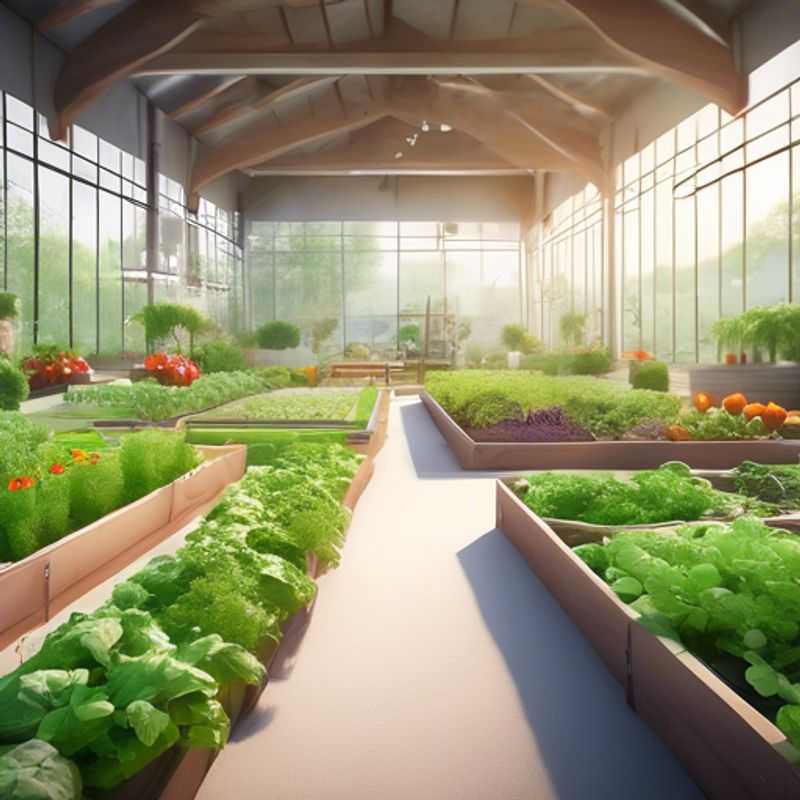
Investigating Power Consumption and Energy Efficiency: A Practical Guide
Investigating a system's power consumption and energy efficiency is crucial for sustainability and cost optimization. Here's a concise guide to help you get started:
Identify the components: Begin by listing all the components within the system, including devices, appliances, and even lighting.
Gather power consumption data: For each component, find its power rating (usually in watts or kilowatts). This information is often available on the device's label or in its user manual. You can also use a power meter to measure actual consumption.
Determine usage patterns: Calculate how long each component is used daily or weekly. This helps determine the overall energy consumption.
Calculate energy consumption: Multiply the power rating of each component by its usage time to determine its energy consumption in kilowatt-hours (kWh). Sum up the kWh consumption of all components to get the system's total energy usage.
Analyze energy efficiency: To evaluate the system's energy efficiency, compare its energy consumption to other similar systems. Look for opportunities to reduce energy waste by using energy-efficient alternatives, optimizing settings, or minimizing idle time.
Cost estimation: To estimate the cost of energy consumption, multiply the total kWh usage by the cost per kWh from your utility bill. This will help you understand the financial impact of your system's power usage.
Tools and resources: There are various online tools and calculators available to assist with power consumption and energy efficiency calculations. You can also seek professional help from energy efficiency consultants or engineers.
Remember: Continuously monitor and analyze energy consumption data to identify areas for improvement and keep your system optimized for efficiency and sustainability.
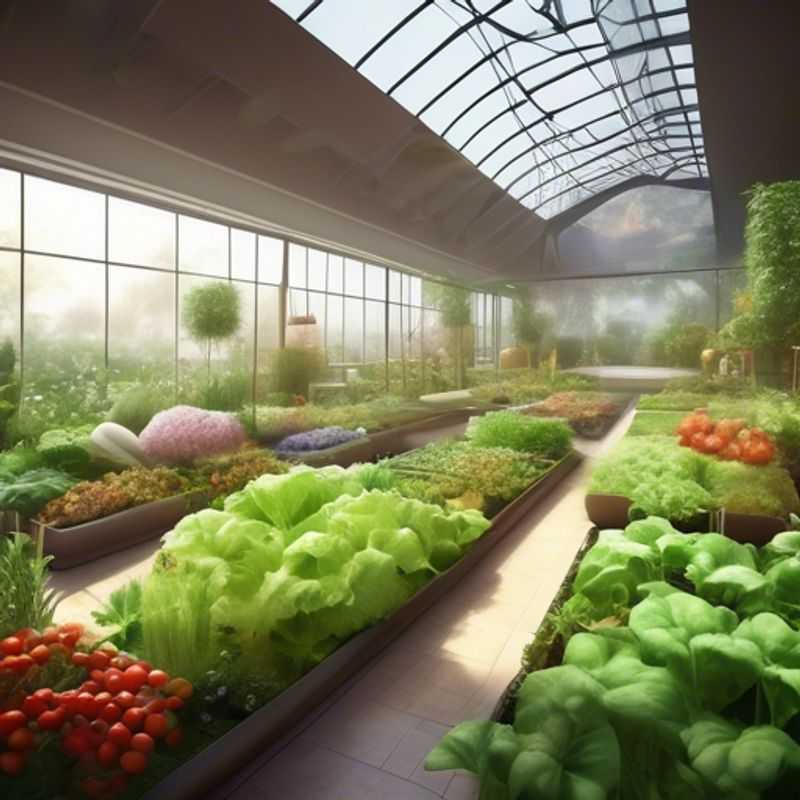
Read Reviews: Unlocking Durability and Reliability in Product Components
Before making a purchase, it's crucial to review product reviews to assess the durability and reliability of its components. This is especially important for long-term investments or products that will see regular use. Read reviews from reputable sources and focus on comments regarding the product's construction, materials, and performance over time. Pay attention to any issues reported with specific components, as this can help you identify potential weaknesses or areas of concern. Consider the overall satisfaction level of the reviewers and their comments about product lifespan and maintenance. Remember, reviews can provide valuable insights into the real-world performance of products, helping you make informed decisions.
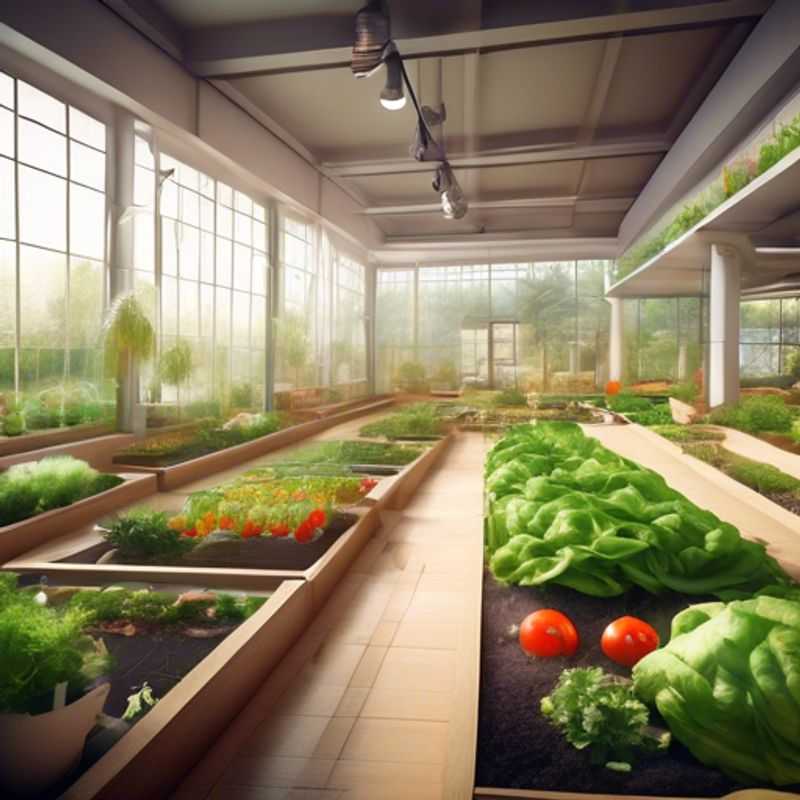
Preventative Maintenance: Keeping Your System Running Smoothly
Regular maintenance and cleaning are crucial for ensuring your system's longevity and optimal performance. A well-maintained system operates efficiently, reduces downtime, and minimizes unexpected breakdowns.
Here's a practical guide to keep your system running smoothly:
**1. Establish a Maintenance Schedule:**
Develop a schedule that outlines routine checks and cleaning tasks. This might include daily, weekly, monthly, or quarterly intervals, depending on your system's complexity and usage.
**2. Visual Inspection:**
Regularly inspect your system for signs of wear and tear, loose connections, or any unusual noises or vibrations.
**3. Cleaning:**
Remove dust and debris from your system's components using a soft brush, compressed air, or a vacuum cleaner with a brush attachment. Pay attention to ventilation areas, cooling fans, and internal components.
**4. Lubrication:**
Lubricate moving parts, such as bearings, gears, and slides, according to the manufacturer's recommendations.
**5. Component Checks:**
Verify the functionality of all components, including sensors, switches, actuators, and control systems. Check for proper operation and calibrate as needed.
**6. Fluid Levels:**
Inspect and adjust fluid levels in hydraulic systems, lubrication systems, and cooling systems.
**7. Electrical Checks:**
Inspect electrical connections for signs of corrosion, loose connections, or overheating.
**8. Documentation:**
Maintain detailed records of all maintenance activities, including dates, tasks performed, and any issues encountered. This information is valuable for future troubleshooting and planning.
**9. Professional Maintenance:**
Schedule periodic professional maintenance by qualified technicians to address complex repairs, system upgrades, and in-depth inspections.
Remember to always consult the manufacturer's instructions and safety guidelines when performing maintenance tasks.
